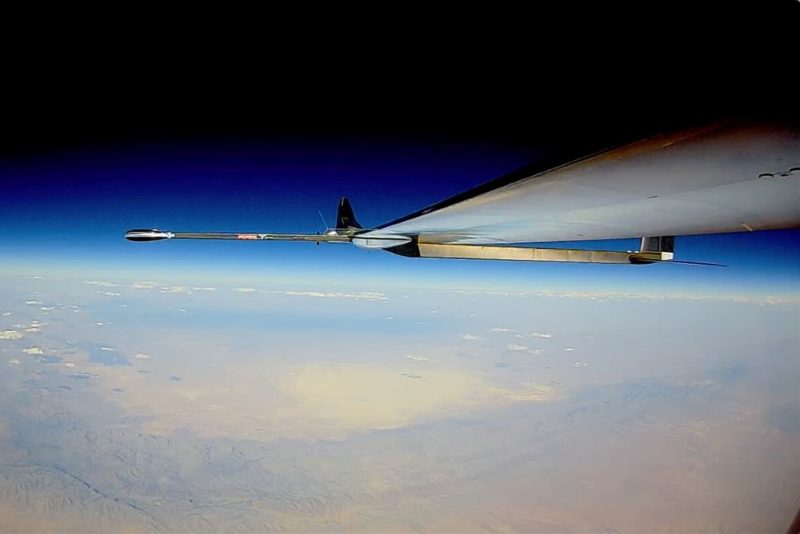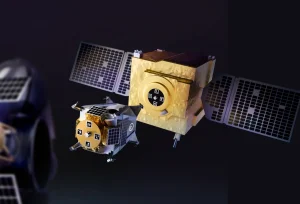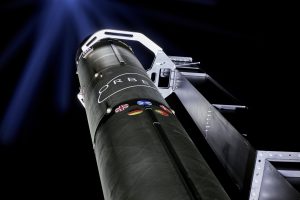BAE Systems’ PHASA-35 Successfully Completes Stratospheric Test Flight
19th Jul 2023
BAE Systems completed a successful test flight when its PHASA-35 spacecraft reached the Earth’s stratosphere last month. The unmanned aerial system (UAS) drone has been in development since 2018, with British engineers marking the major breakthrough after it reached altitude, then landed safely. PHASA-35 is designed to provide an ‘alternative to conventional sensing and communication systems’.
The London-based aerospace, security and arms company said in a press release the pseudo satellite has “the potential to provide a persistent and stable platform for various uses including ultra-long endurance intelligence, surveillance and reconnaissance, as well as security.” Leading into the future, the plan is to make the UAS drone available to defence and commercial markets internationally, with the stratospheric test flight marking the start of a series of planned trials.
Successfully Testing PHASA-35
The test was conducted over 24-hours, when PHASA-35 reached more than 66,000 feet, soaring into the Earth’s stratosphere, before successfully landing. Engineers were able to identify and assess the performance of PHASA-35 when it headed into the outer reaches of Earth’s atmosphere after setting off last month from Spaceport America in New Mexico, USA.
The novel, ultra-lightweight, solar electric, high altitude pseudo satellite, UAS drone has a 35-metre wingspan and is built to carry a payload upwards of 15kg. The British company said PHASA-35 uses a range of technologies, including: “advanced composites, energy management, solar electric cells and photo-voltaic arrays to provide energy during the day, which is stored in rechargeable cells to maintain flight overnight.”
What Will PHASA-35 Be Used For?
The UAS drone has a plethora of capabilities, including the delivery of 4G and 5G communication networks, and was developed to operate above weather and conventional air traffic. BAE Systems said the spaceplane would also lend a hand in the UK’s – and their allies – combat air capabilities, disaster relief, and border protection.
PHASA-35 was developed by BAE Systems’ subsidiary, Prismatic LTD, with the company’s CEO, Dave Corfield, saying: “This is a fantastic achievement for everyone involved and shows the commitment of BAE Systems to invest in new technologies and markets. PHASA-35’s first stratospheric flight demonstrates that this vehicle is on track to become the go-to system for long endurance, high altitude and communications applications in the future.”
A Leading Partnership Between The UK & US
Developing PHASA-35 was a joint effort between British engineers and the US Army Space and Missile Defense Command Technical Centre, who sponsored the UAS drone. Both the UK and the US are collaborating to ensure the space interests of both nations – and their allies – are protected, with BAE Systems also gearing up to deliver a secure, digital, military intelligence multi-satellite cluster by 2024. The latest trials of the UAS drone took place in the White Sands Missile Range, which BAE Systems noted: “was directly supported by personnel attached to Naval Surface Warfare Center, Port Hueneme Division, Detachment White Sands.”







Thank you for your comment! It will be visible on the site after moderation.